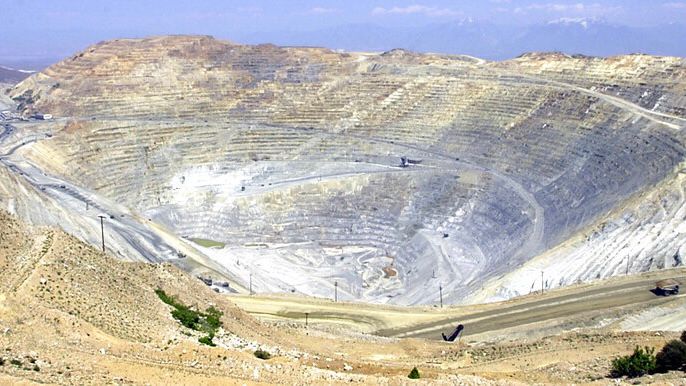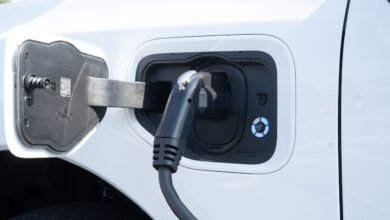Copper supply insufficient for global EV transition by 2035

The copper supply won’t be sufficient to enable a transition to electric vehicles, according to a new report from the International Energy Forum. To electrify vehicle manufacturing across the globe by 2035, 55% more new copper mines will need to come into operation.
“Copper is the mineral most fundamental to the human future because it is essential to electricity generation, distribution and storage,” the report said.
An electric vehicle requires 132 pounds of copper — more than twice as much as vehicles that run on gas or diesel or hybrid vehicles that run on both fuel types. Copper is also necessary to update the electrical grid to accommodate battery-electric vehicle charging.
The availability of, and demand for, copper will determine how quickly the world can move toward electrification, the report said.
“Climate policies presently assume that the materials required to transition to zero carbon emissions will be available, but this need not automatically be the case,” the report said. “We may not be able to mine materials fast enough to meet humanity’s desires.”
To meet current needs for copper, 115% more copper must be mined over the next 30 years than has historically been the case. The report estimates that between 35 and 194 large new copper mines would need to start production over the next 32 years — or roughly 1.1 to 6 mines per year.
Copper is prized for its ability to conduct heat and electricity. Corrosion resistant, it is also fairly low cost to make, making it popular for a broad range of applications from motors and heating systems to appliances and telecommunications. About 75% of copper is used in electricity devices, most of it as wire or tube.
“There is plenty of copper available,” according to the report. “The concern is that we may not be able to mine the copper resource fast enough to support baseline global development and vehicle electrification.”
The researchers noted that the average copper mine takes about 23 years to go into production after an area has been discovered to contain the metal. The needed prospects are not in the pipeline, they said.
They project copper mining will increase until 2025 before strongly declining to a rate in 2030 that is more similar to 2018 levels. Just 16 of the 224 copper deposits that have been discovered since 1990 were found in the past decade even though mining exploration investments have almost quadrupled over the past two decades.
“Discovery requires that vast amount of land be open to exploration, and land access is increasingly difficult,” the report said. “Discovery is a chain of tough probabilities” that involves drilling and costly engineering assessments.
The researchers said mining is becoming increasingly unpopular in the communities where deposits have been found, citing canceled mining permits in Alaska and Minnesota and delayed permits in Arizona. A major copper deposit in Arizona that Congress approved for mining in 2014 has not received approval to start production.
Arizona, New Mexico and Utah all “have substantial copper resources to be developed,” according to the report, as do waste stockpiles that could lead to some recovery of the metal, offsetting the need for as many new mines.
Based in Saudi Arabia and comprised of energy ministers from 73 countries, the International Energy Forum is the largest international group devoted to energy issues, including oil, gas, sustainability, energy transitions and new technologies.



